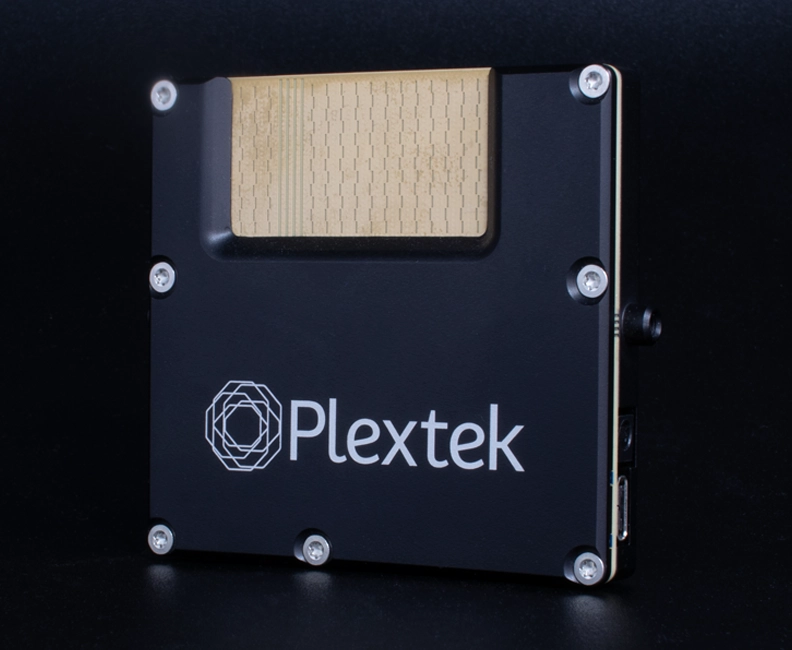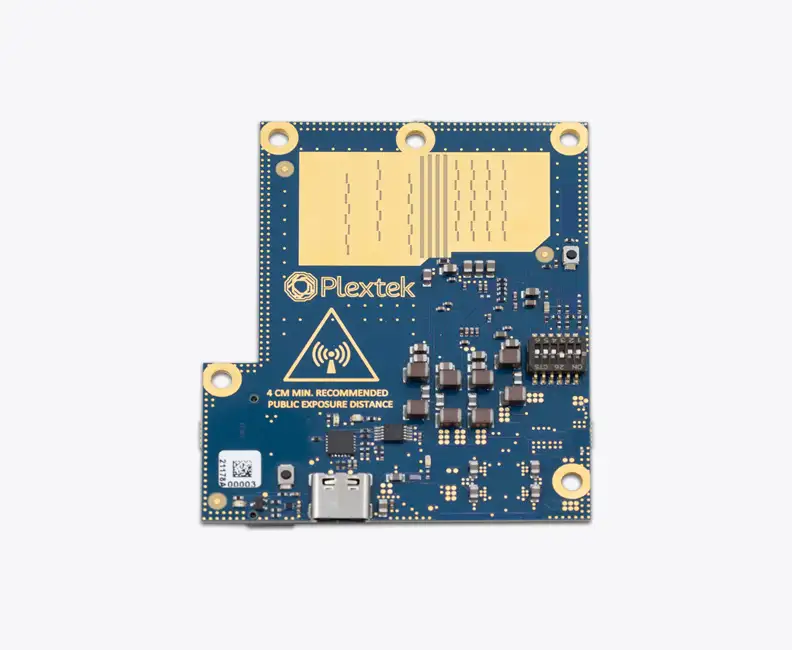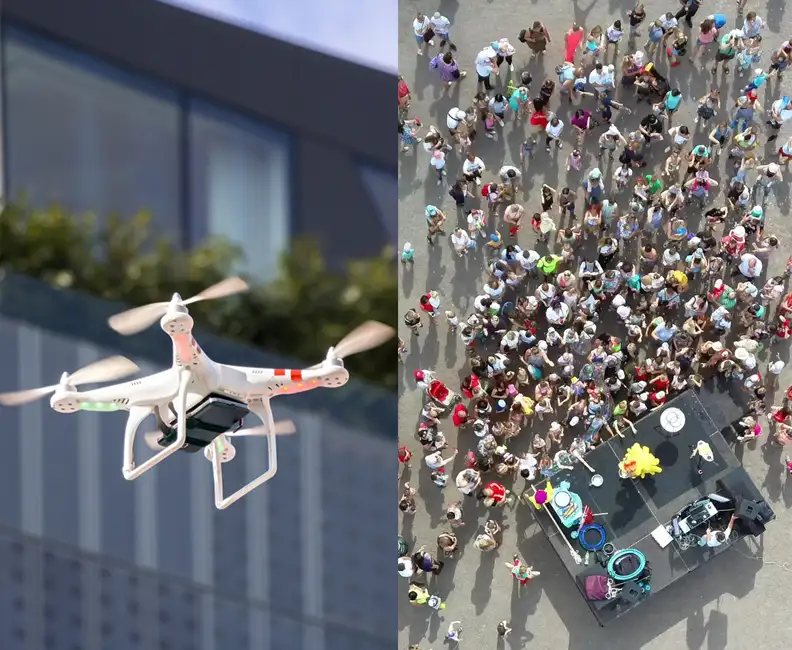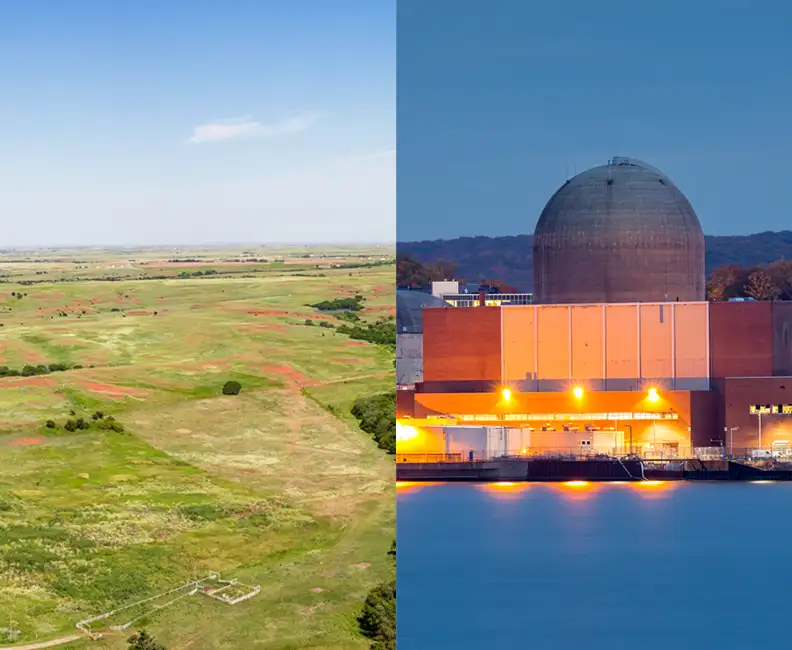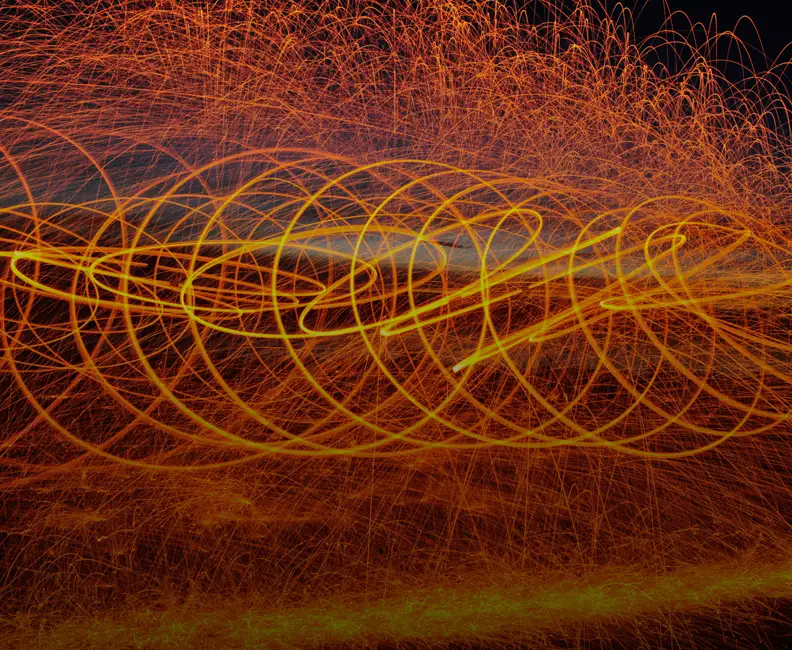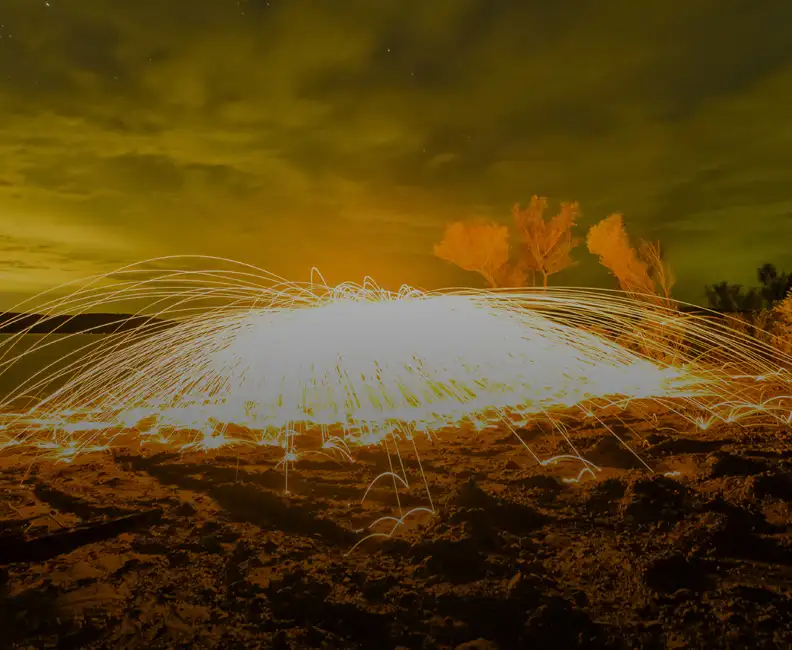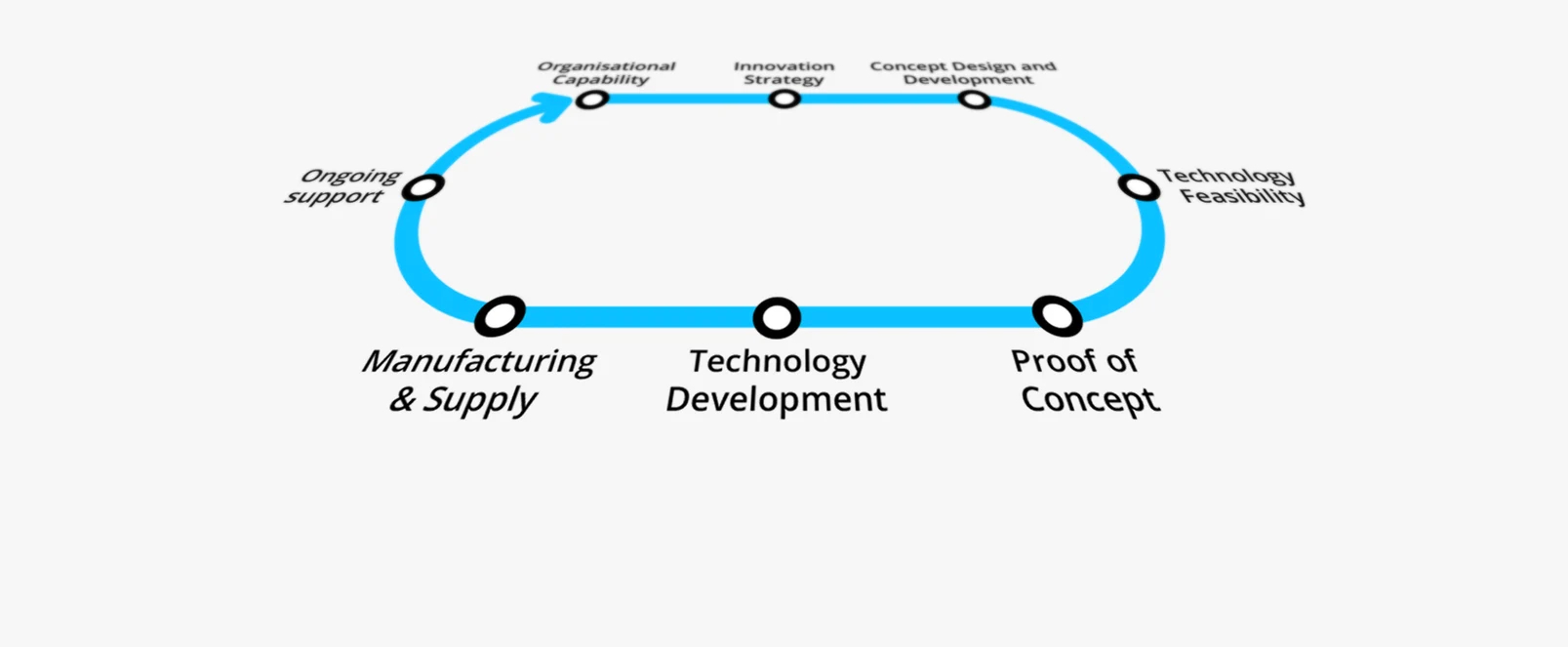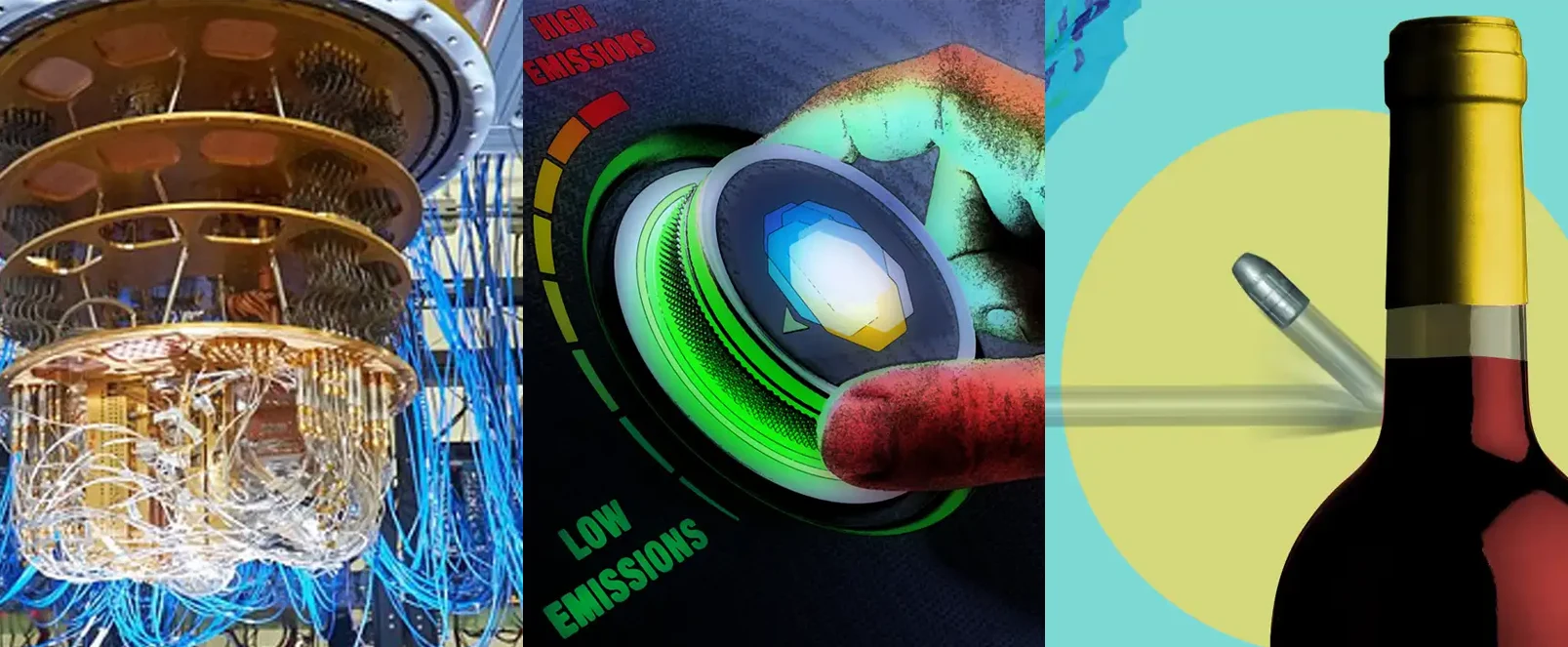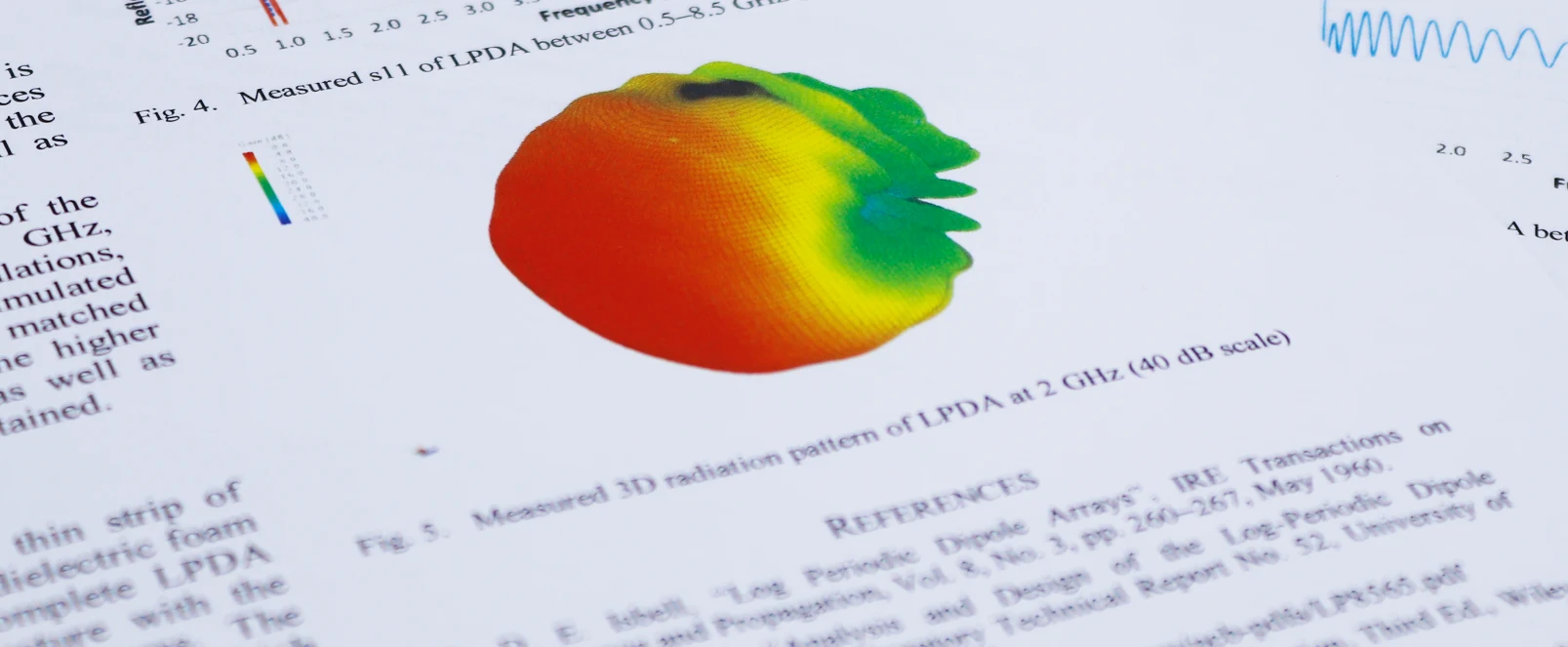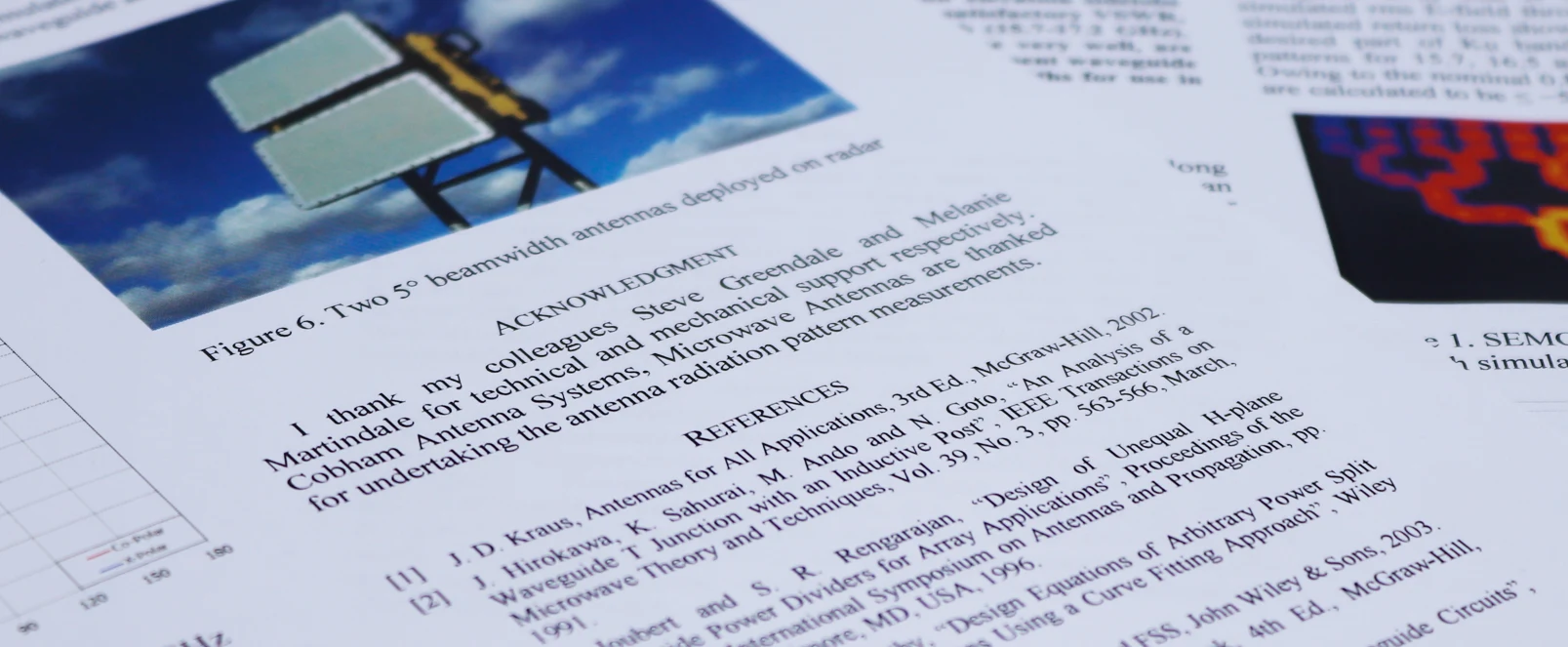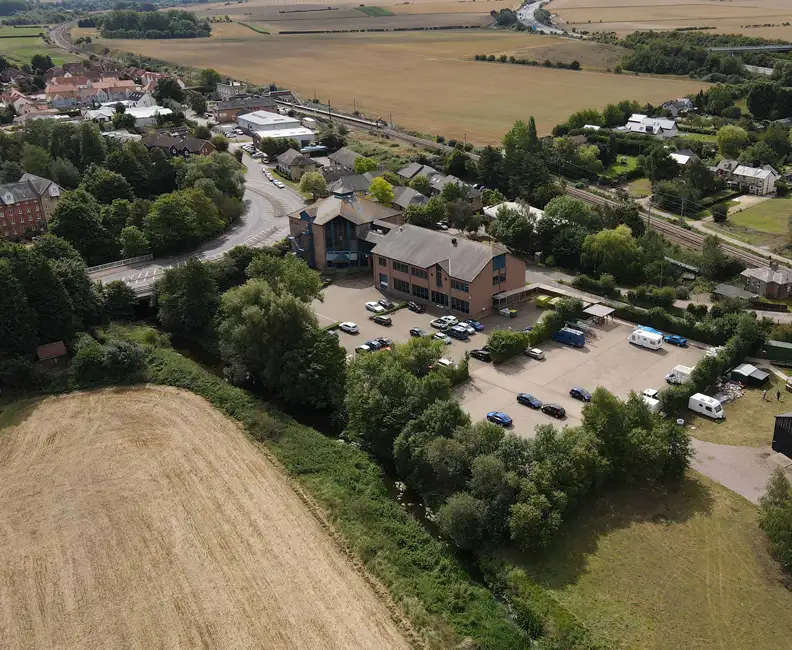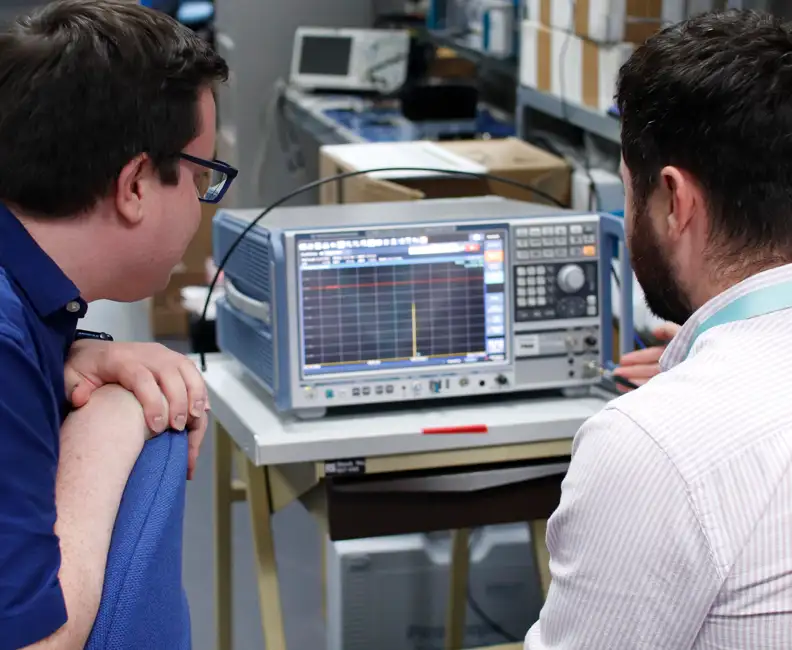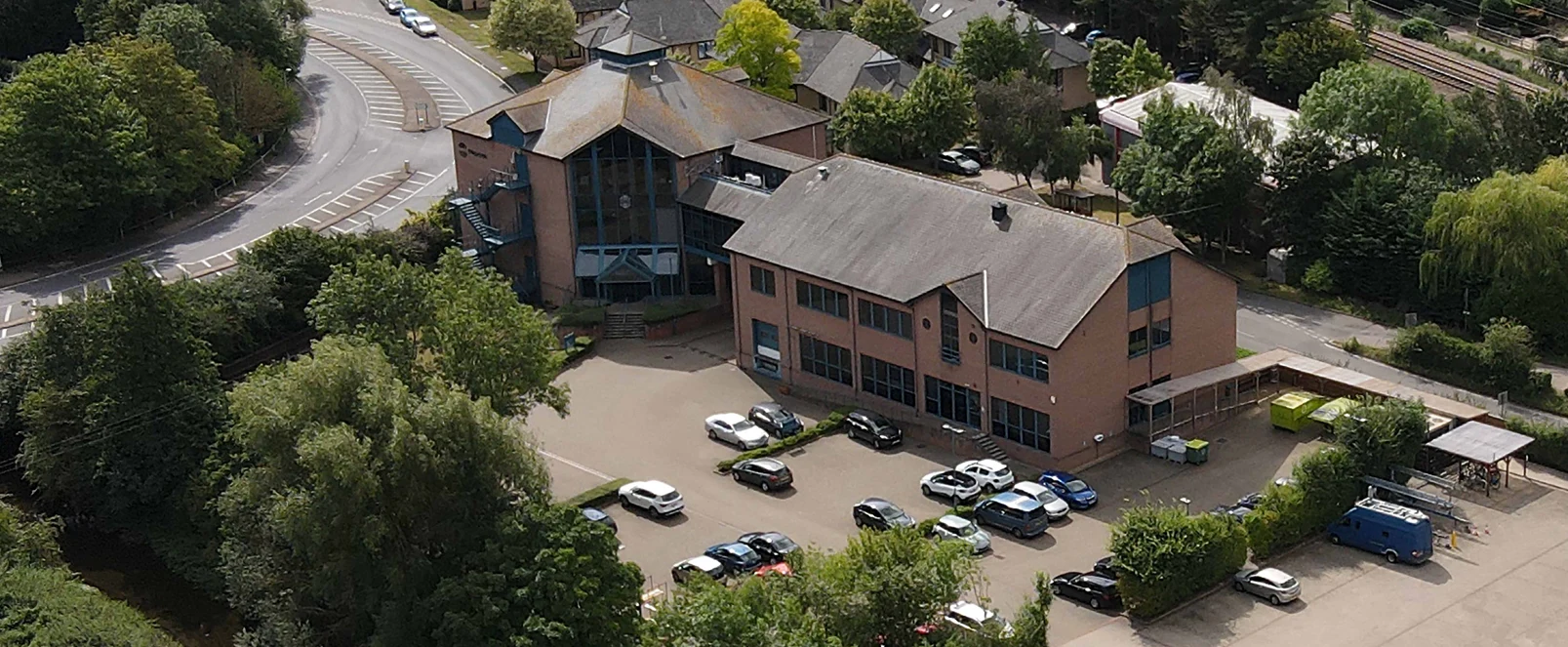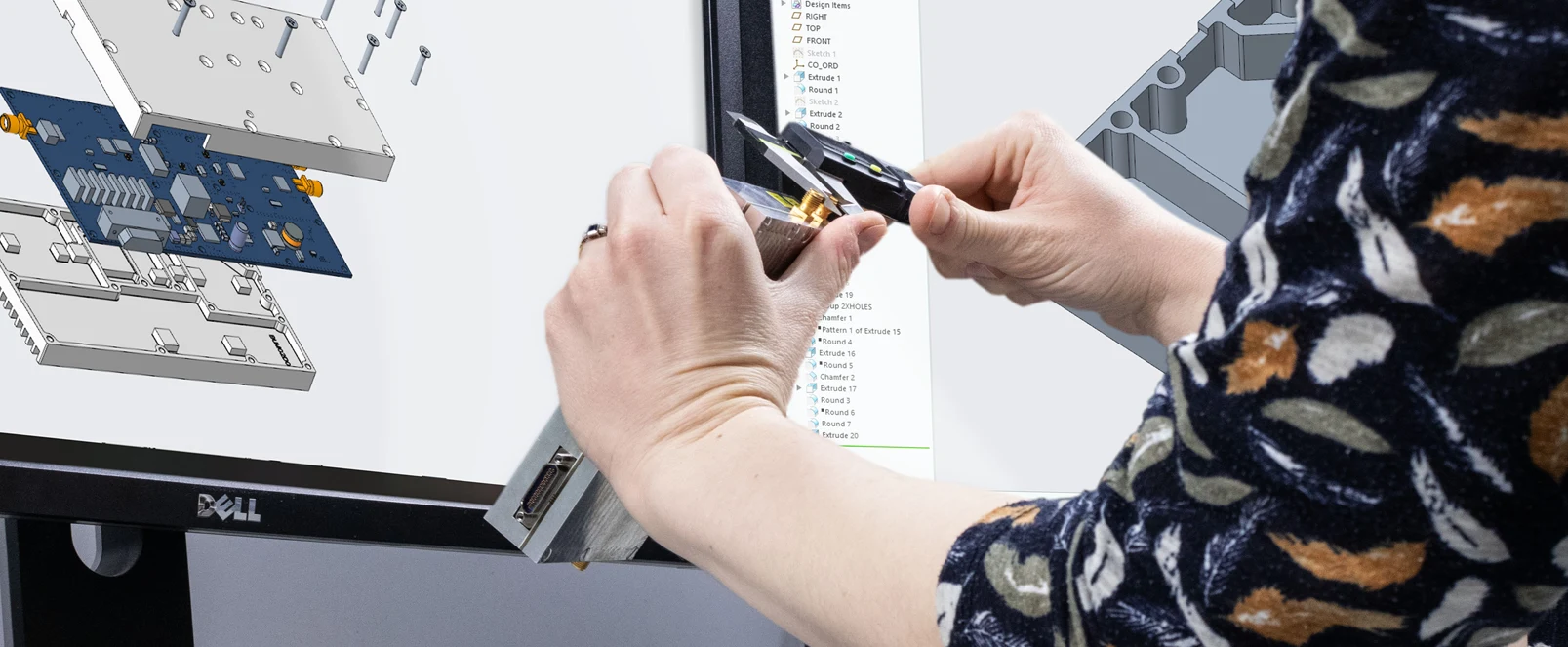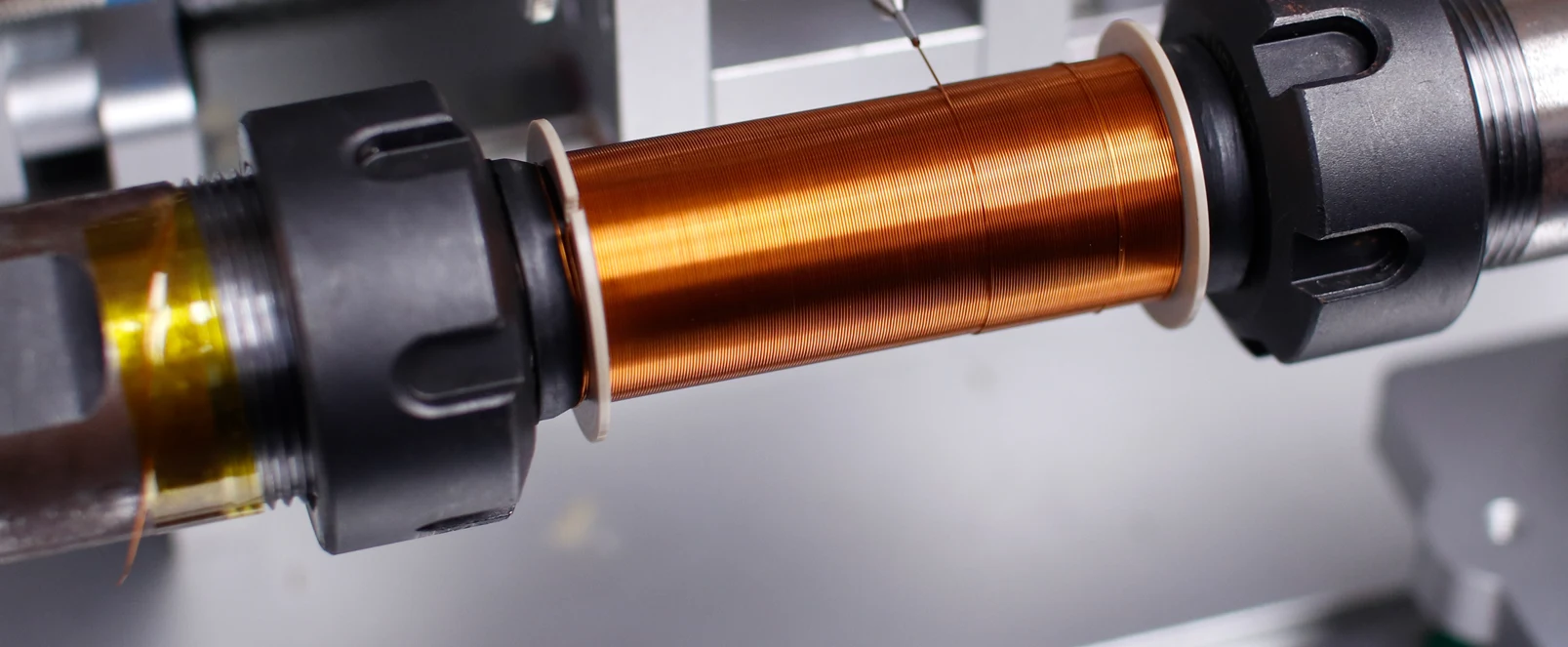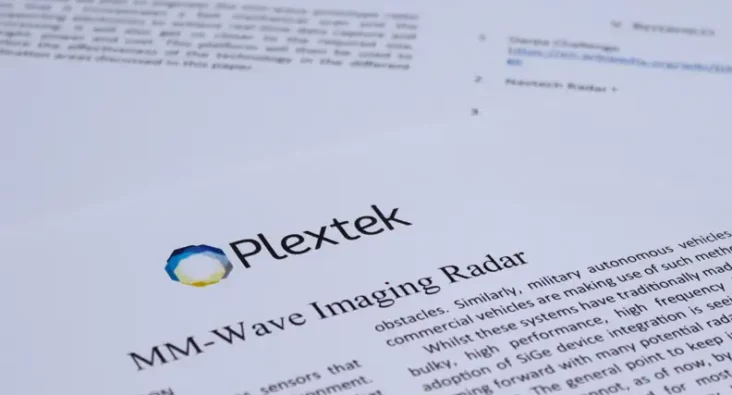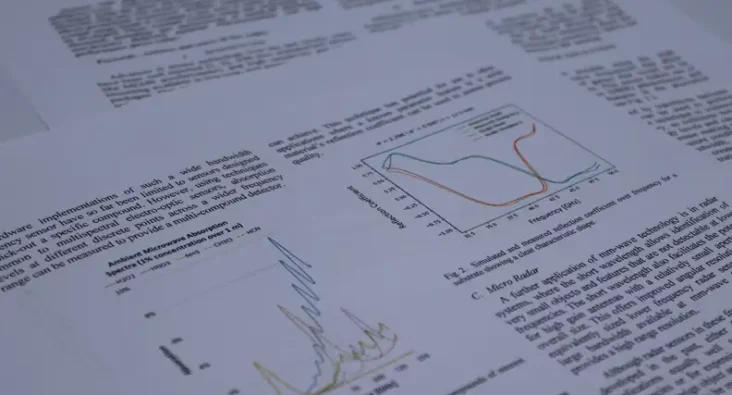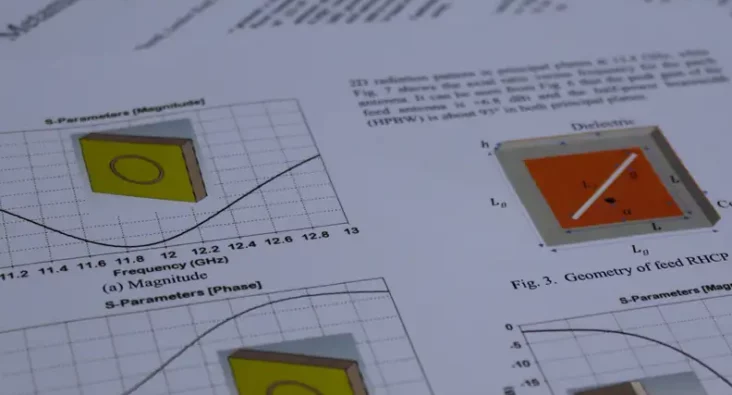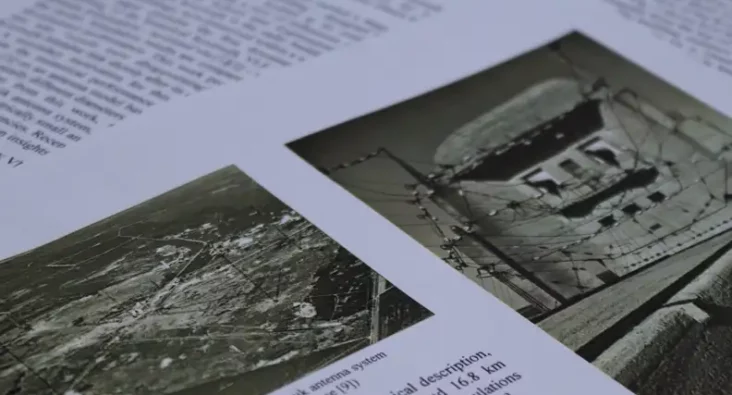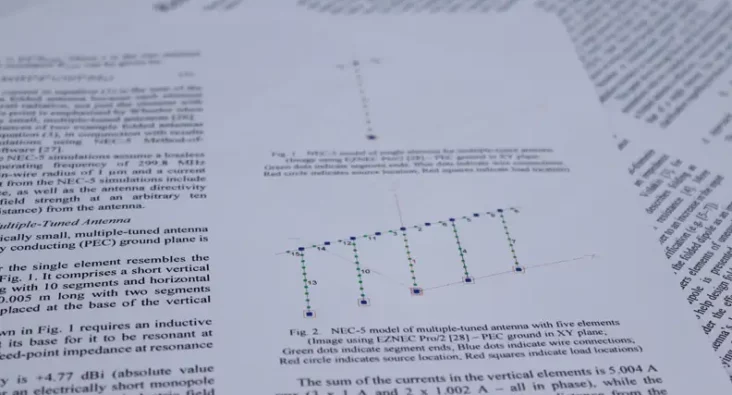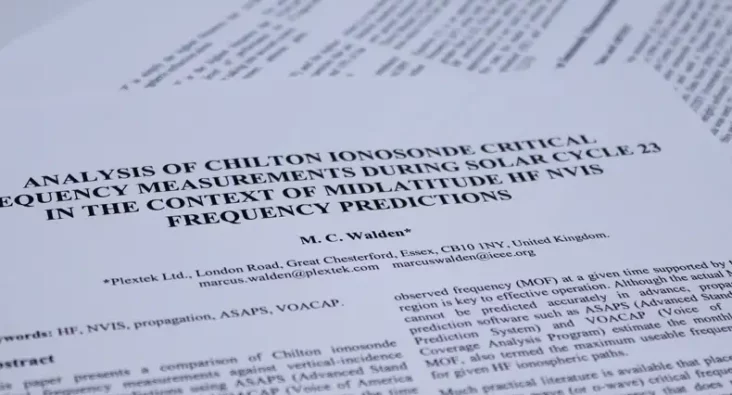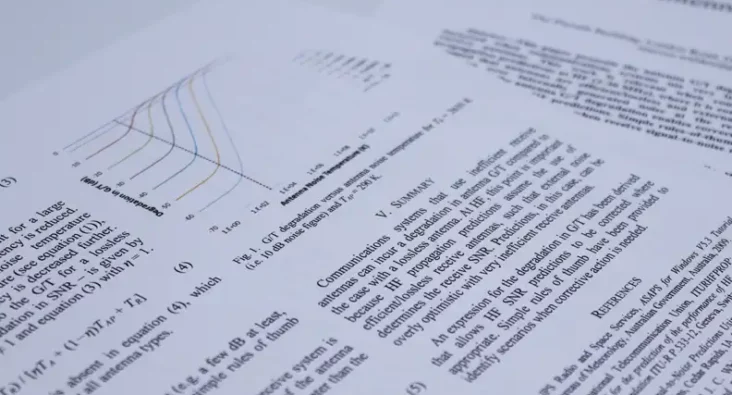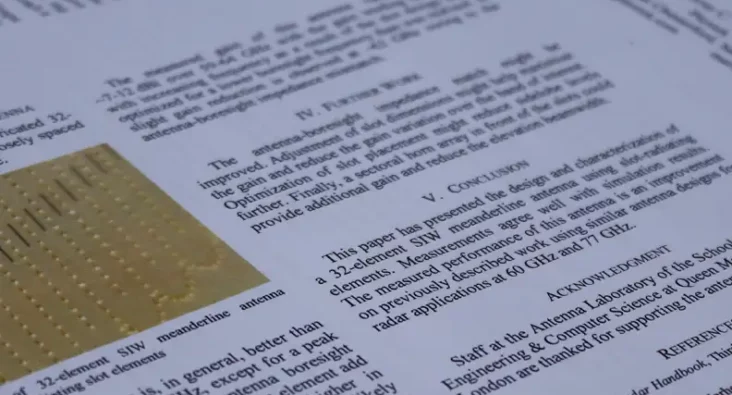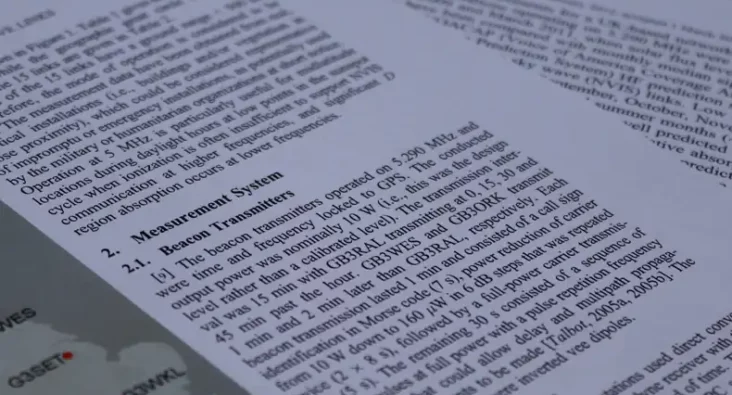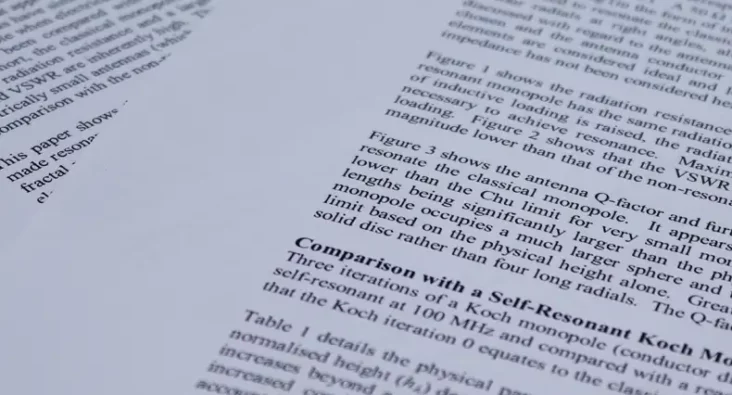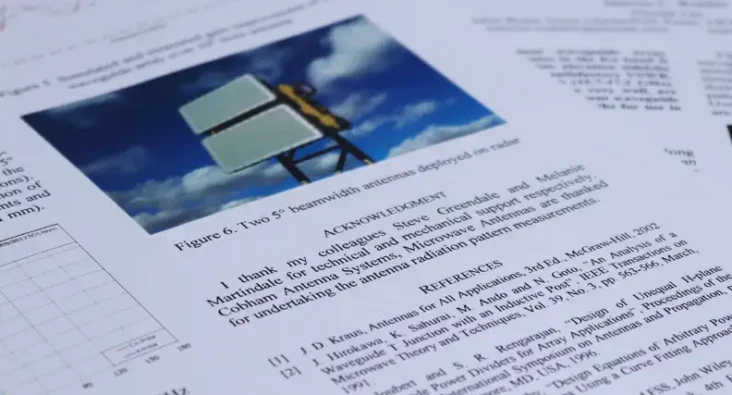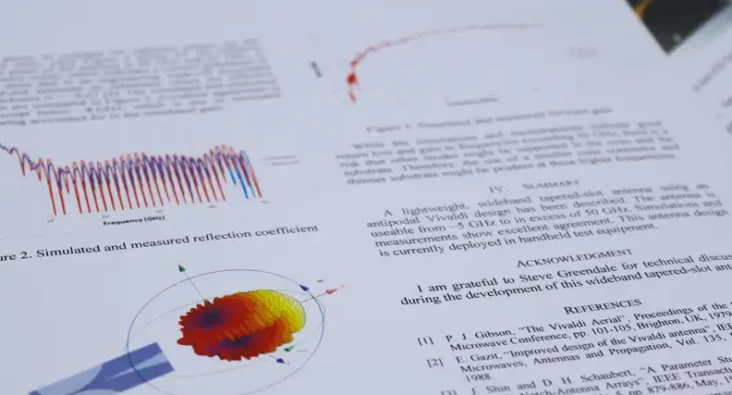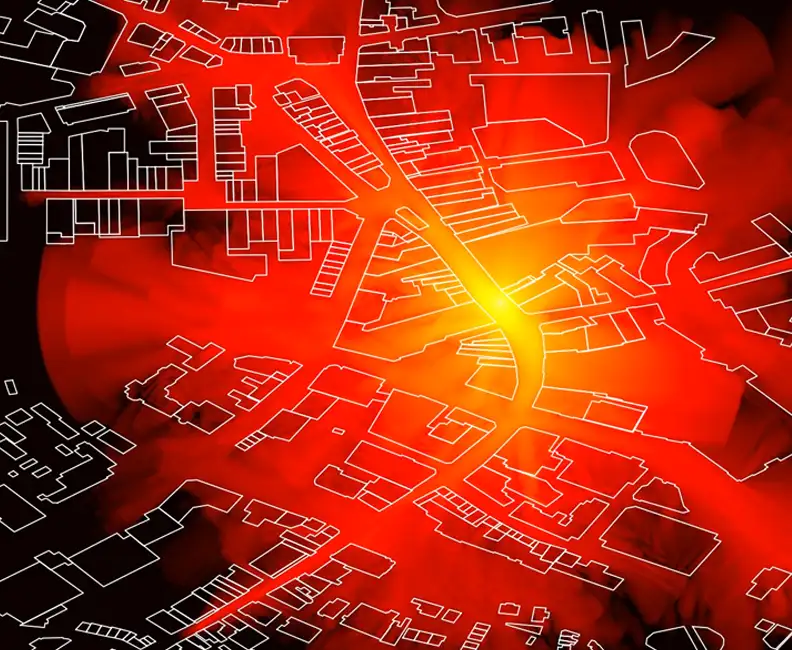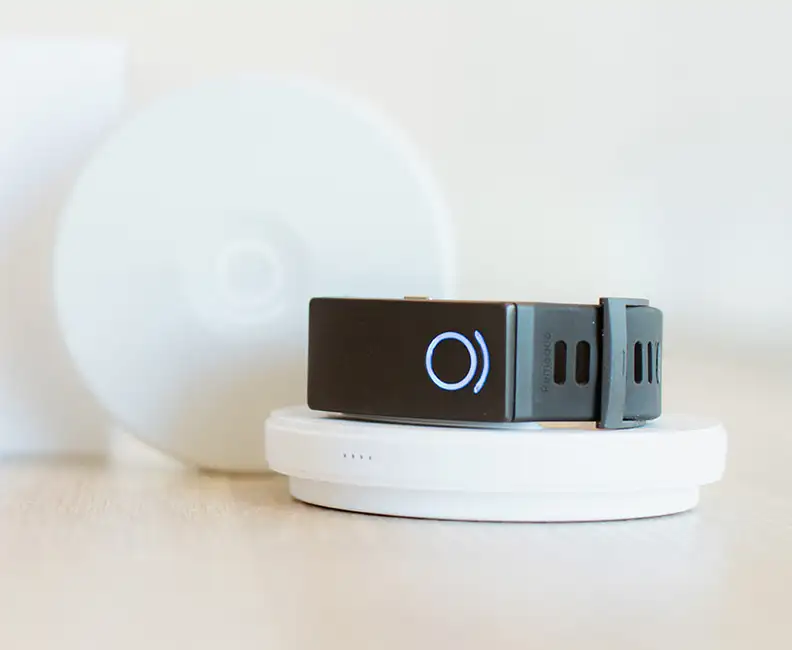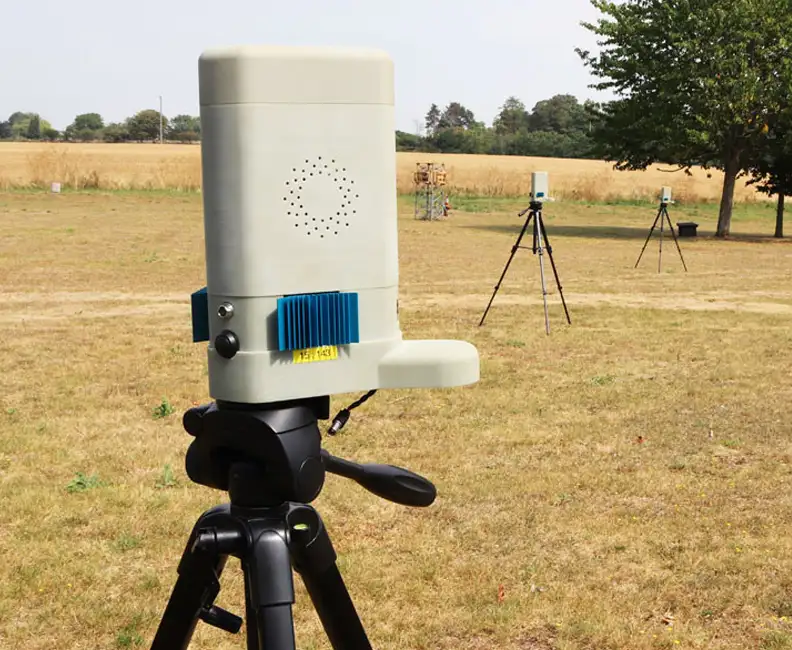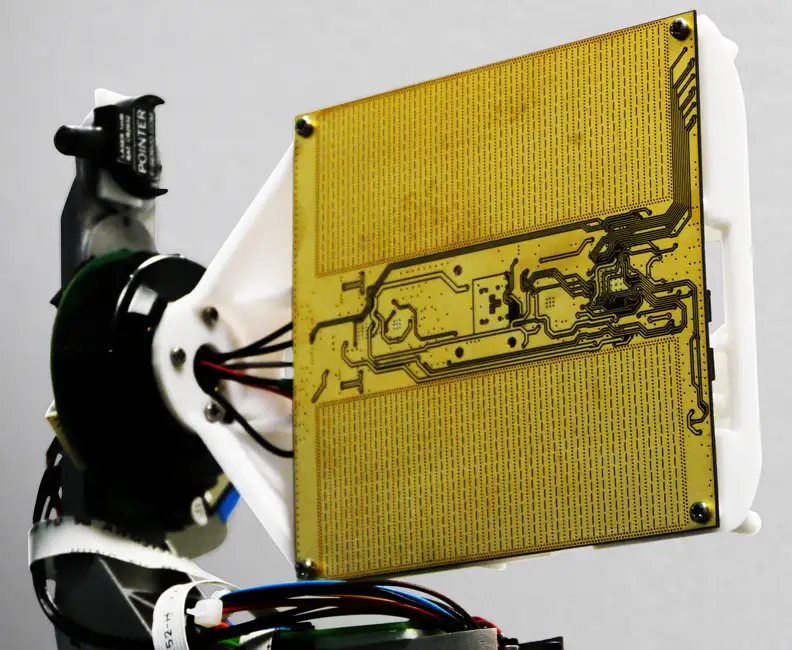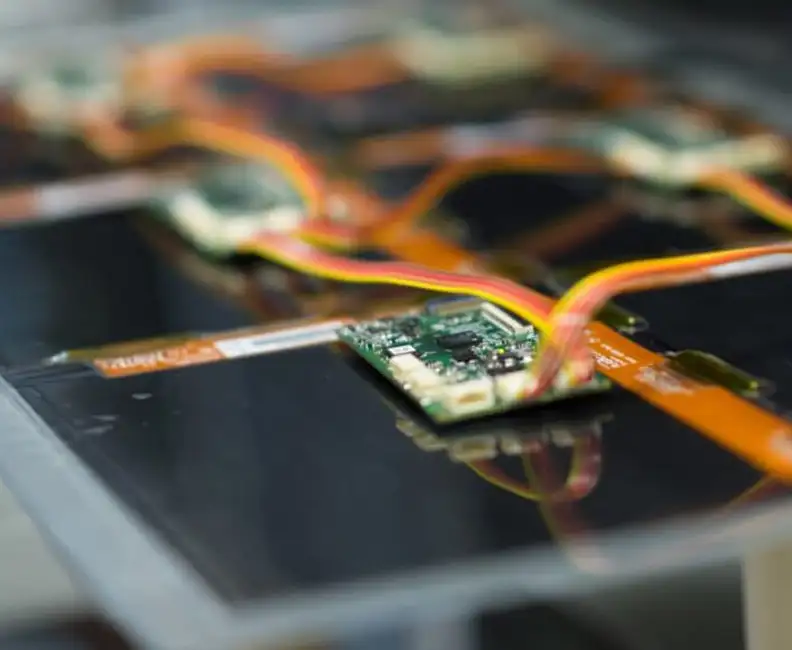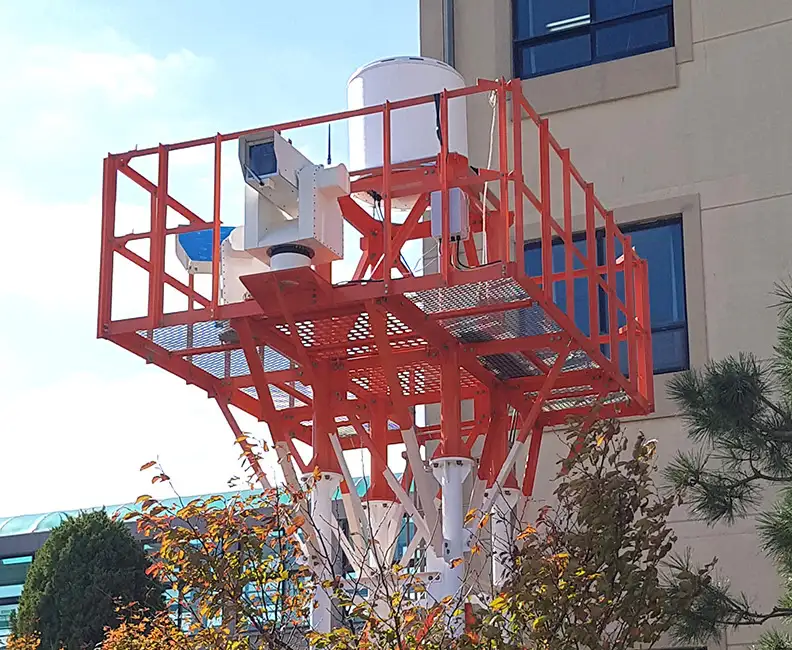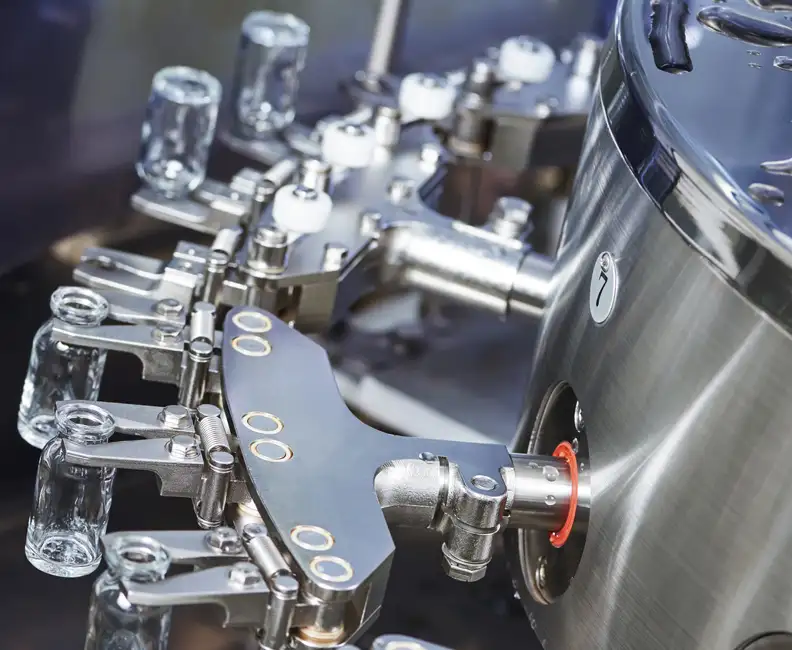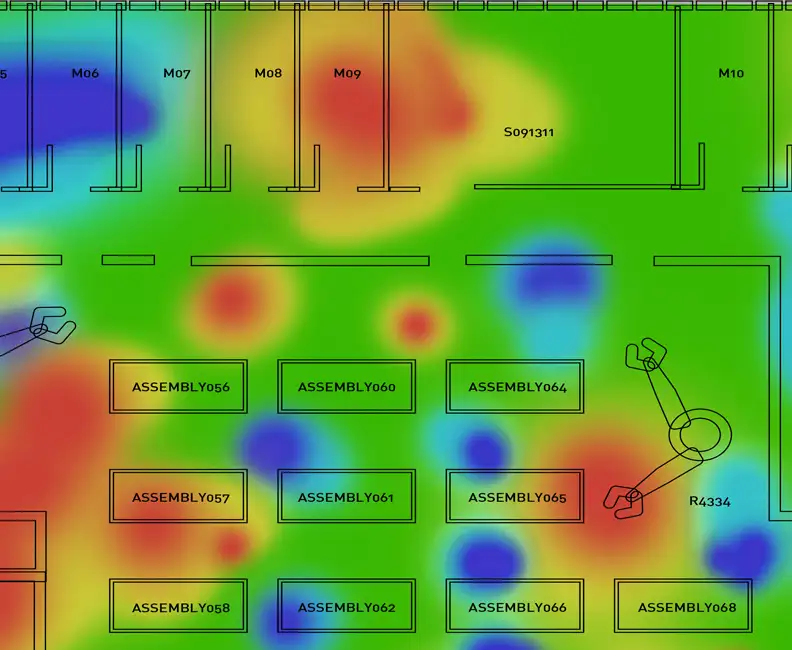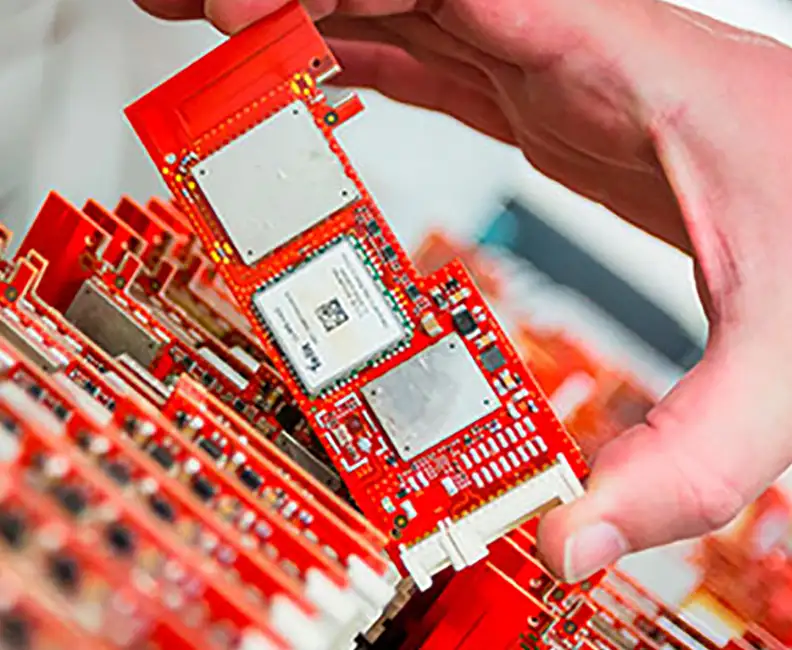
Antennas & Propagation
Navigating the complex world of radio waves for effective, reliable communication
Antennas are the ears, eyes and mouth of communication and radar systems – ensuring everything from mobile phones to deep space probes can receive and transmit information via radio waves effectively.
Radio waves propagate invisibly around us but can be reflected from surfaces such as the ground or buildings or absorbed by materials and even blocked.
These propagation effects can lead to fluctuations in signal strength – so the design of each communication and radar system is crucial to achieve the desired performance requirements.
Antenna dimensions depend on the operating frequency – large antennas for low frequencies and small antennas for high frequencies – with larger antennas required if directivity (focussing) is required. Antennas can even be embedded in a PCB layout for high-volume, low-cost products.
Real-world challenges
The Plextek advantage
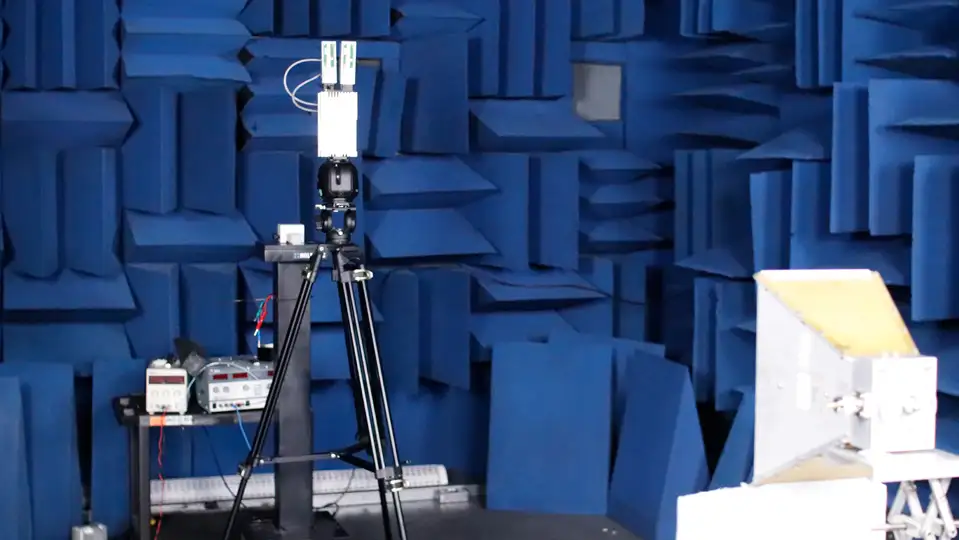
- Antenna design
Proficient in antenna design, numerical modelling and manufacture across a range of frequencies (VLF to mmWave) and bandwidths (narrowband to wideband).
- Antenna size and type expertise
Working with both electrically small and large antennas including monopoles, dipoles, loops, patches, slot antennas, PIFAs, horn antennas and Vivaldi antennas.
- Antenna arrays
Electronic scanning (i.e. phased arrays) and frequency scanning techniques (e.g. leaky wave antennas) for advanced antenna systems.
- Antenna placement
Modelling of antennas on platforms to identify optimal locations for the best system performance.
- Transmission-line technologies
Waveguide, substrate technologies including SIW and microstrip design and applications, coaxial cable and two-wire transmission lines.
- Simulation
3D electromagnetic simulation using a variety of different computational methods, including FDTD and MoM.
- Radio wave propagation
Understanding of various propagation modes (ground/surface waves, ionospheric, tropospheric, urban, suburban, indoor, two-ray) and ground/dielectric electrical characteristics relating to reflection coefficient.
- Polarisation
Working with different polarisations (linear – vertical and horizontal; circular – right-hand and left-hand circular, RHCP and LHCP; high cross-polar discrimination; elliptical).
- Radio noise
Expertise in radio noise measurement, modelling and analysis.
What sets us apart when it comes to antennas & propagation?
The Plextek team has a track record of delivering antenna designs to meet a variety of requirements, applications and business sectors, including:
- Cost-sensitive, high-volume applications
- High-performance directional antennas
- Electrically small antennas
- Metamaterial/metasurface antennas
- Omnidirectional antennas
- Wideband and multiband antennas
- Commercial
- Industrial
- Medical
- Security & Defence
- Space
Our propagation and radio noise expertise covers many domains, including:
- HF (3–30 MHz) ionospheric propagation
- Tropospheric/troposcatter propagation
- Radio noise measurements, analysis and modelling
- General modelling of electromagnetic problems
- Cellular (urban/suburban propagation), including measurements, analysis and development of empirical propagation models
The following are some examples of the work we specialise in:
- Antenna design
- Array antennas
- Antenna placement
- Body-centric antenna design
- Deployable antennas
- Communication systems
- Multiband cellular antennas
- GPS antennas
- Telematics units
- Metamaterial and metasurface design
- Radar systems
- RCS analysis
- Radome design
- Radio Frequency (RF) signals
- RF signal transmission
- Transmission line technology
- Broadband impedance matching
- Electromagnetic fields
- Radio wave propagation
- Urban/suburban propagation
- Ionospheric propagation
- Tropospheric propagation
- PCB layout and integrated antenna design
- mmWave antenna design and propagation modelling








